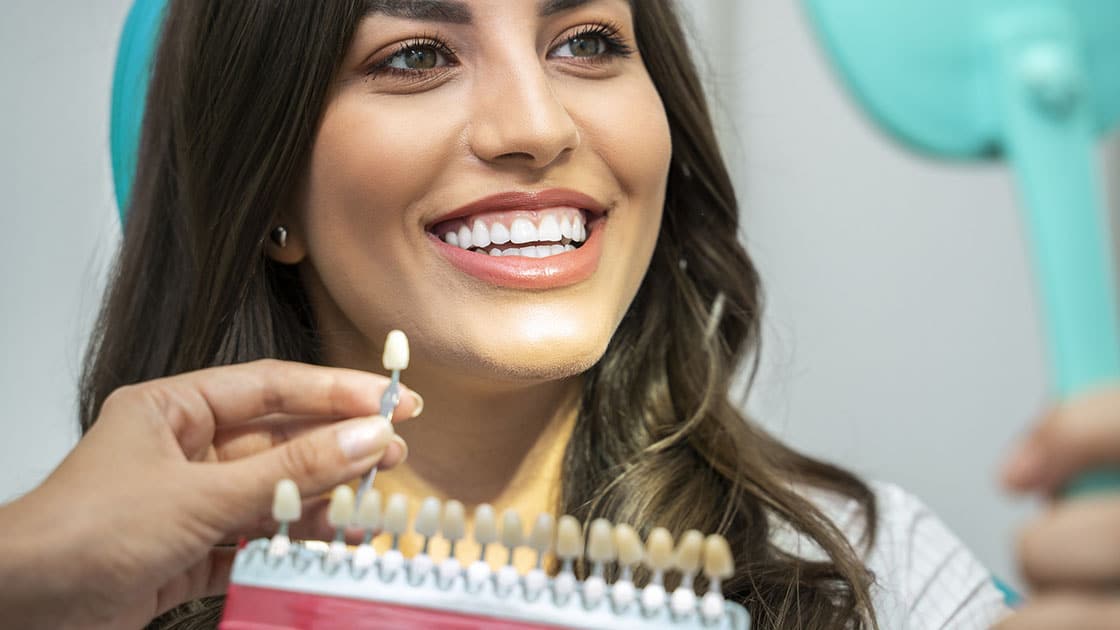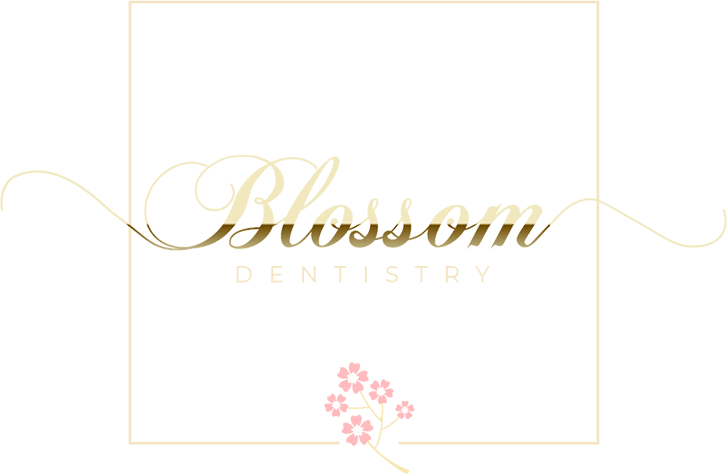
Blossom Dentistry provides dental cosmetic bonding in the Foggy Bottom neighborhood of Washington, DC. Call 202-922-2900 to learn more and schedule an appointment.
Cosmetic bonding is an aesthetic dental procedure in which a tooth-colored resin material is used to correct minor imperfections.
Bonding is affordable and effective, and the procedure itself is quick and painless. Unless a previous restoration needs to be removed before a tooth is bonded, no anesthesia is needed, as all work is done on the surface of the tooth only.
Bonding is often used to:
- Close gaps between two teeth
- Add length to teeth
- Adjust the size and shape of teeth
- Cover over stains and discoloration
- Fill in where teeth have chipped
- Fix cracks and other minor cosmetic damage to the tooth structure
The bonding process
During the bonding process, we first remove a small amount of enamel from your tooth to roughen the surface in order to allow the bonding material to attach properly. A conditioning liquid is applied to your remaining enamel to prepare it for the bonding agent, and then the composite resin is applied. We smooth and shape the resin until it matches your adjacent teeth and looks completely natural, then it is cured with an ultraviolet light. Once the bonding has hardened, we refine the shape further to make sure it’s perfect, then polish the bonding material so it matches the appearance of surrounding teeth. The entire process typically takes under an hour, although this depends on the number of teeth and the extent of the bonding needed.
Bonding looks completely natural when performed by a skilled cosmetic dentist. We use a shade guide to ensure that the color blends in with adjacent teeth. While bonding isn’t for everyone and it does not last as long as other cosmetic dental treatments, it is one of the least expensive options for correcting a tooth’s appearance. Another advantage is that cosmetic bonding can be completed in a single appointment, while other cosmetic procedures, like dental veneers, require at least two visits, one for preparation and one for final placement.
The lifespan of cosmetic bonding depends on a variety of factors, with the most important being the location of the bonding. If composite resin is being used to replace the corner of a front tooth that has chipped off, the bonding is more likely to fall off sooner with daily wear-and-tear from biting. You can expect bonding to last anywhere between three to ten years, which still makes it an effective solution for the cost involved. Other ways to ensure that your cosmetic bonding lasts a long time are to limit the consumption of coffee, tea, red wine and other foods and beverages that can cause staining, and to avoid biting into hard foods like apples, carrots, or nuts using the tooth that has been bonded. If you have a habit of grinding your teeth in your sleep, cosmetic bonding may not be an appropriate option for you.
